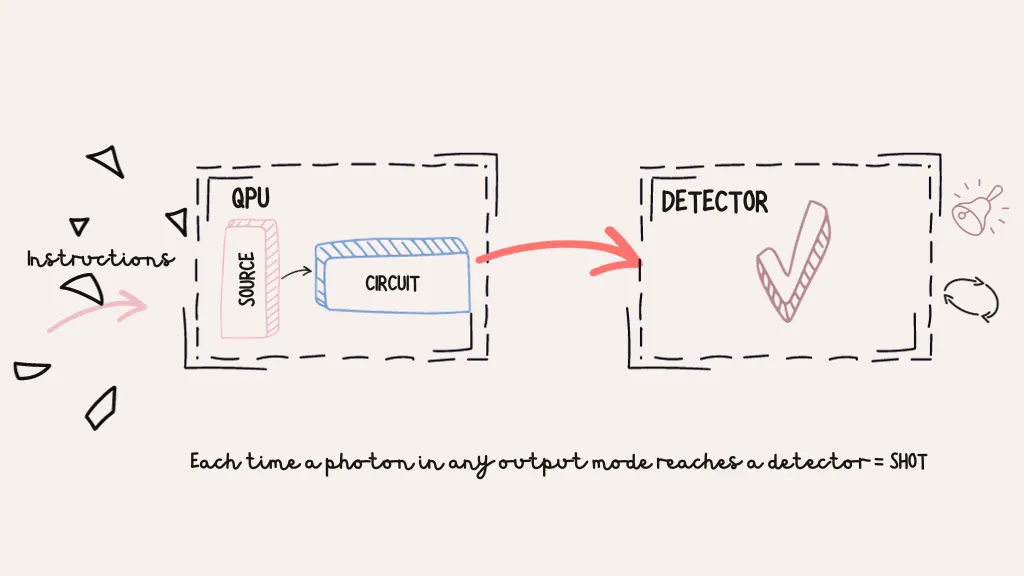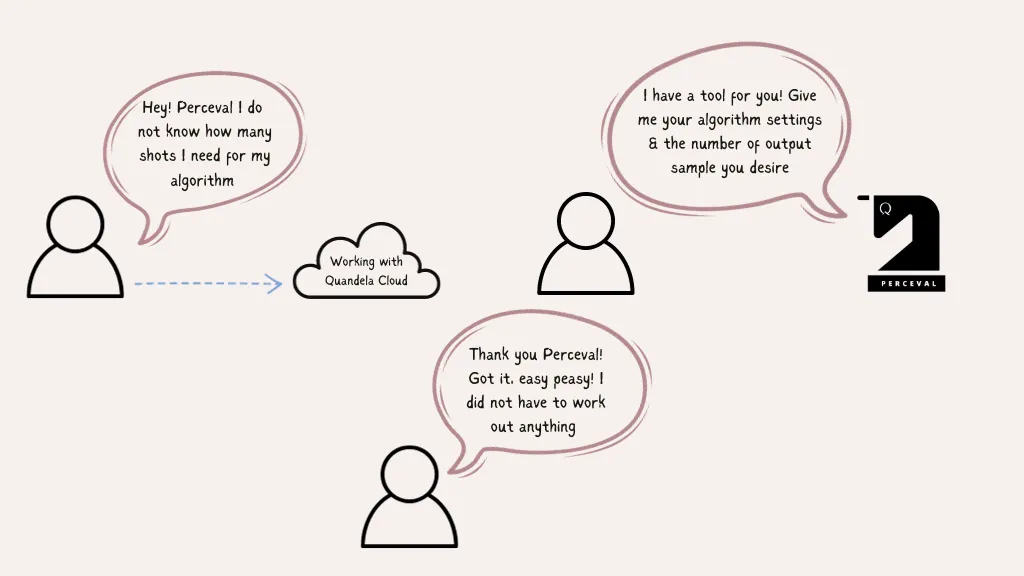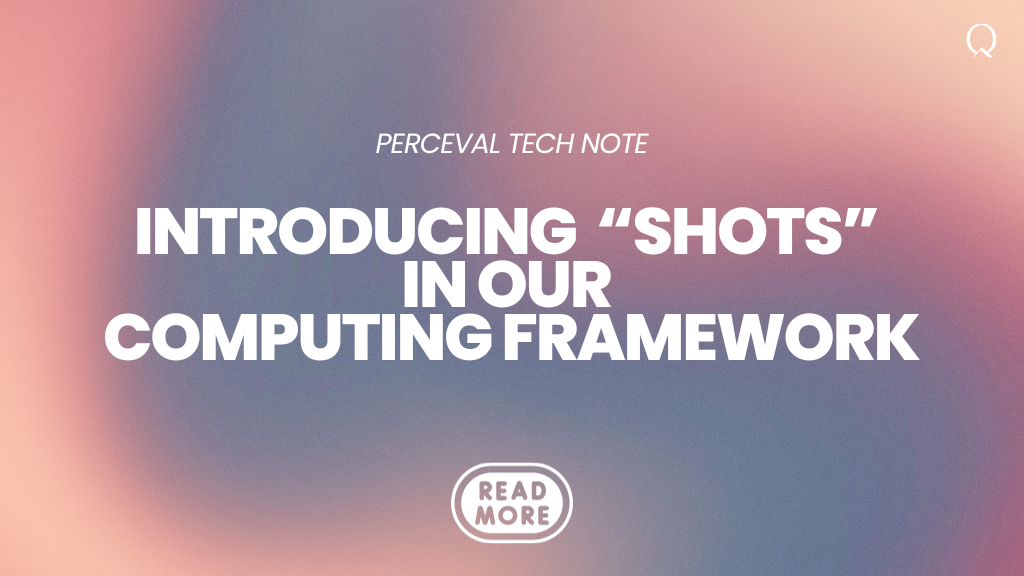Article by Raksha Singla
Quantum mechanics is intrinsically random. When a quantum state undergoes an evolution through a quantum process, the output state is a well-defined mathematical object, but we can only access it through measurements. Each measurement produces an output that belongs to a probability distribution that follows the Born rule. This could be seen as a bottleneck for a quantum developer compared to classical computation. But when quantum information is used cleverly, we can encode the results of our problem in a few measurement outcomes enabling solving challenging problems for classical computing (see Shor algorithm example for instance here) .
What do people call a shot in the context of quantum computing?
One “shot” represents one execution of a quantum circuit.
Given the probabilistic nature of the system, conducting multiple iterations of the system (obtaining many shots) is necessary to gather data for statistical analysis of the algorithm’s operation. The concept of “shots” is universally embraced by most quantum providers. But the precise implementation of “shots” and their management will vary among different frameworks as it depends on the specific characteristics of the hardware system.
How do we define shots at Quandela?
Our computing architecture works with linear optics. We send single photons in a quantum circuit composed of tunable linear optical elements which results in an operation optical elements forming the quantum circuit performing the processing action on states of photons (input source) acting as a qubit in the Fock space (for an explanation of the Fock space see here). A photon-coincidence event — detection of at least 1 photon at the output — Detection of 1 or multiple photons by the detectors at the output defines a single execution of a quantum experiment.

Our QPU sends single photons at a periodic rate into the chip implementing the circuit designed by the user. While these photons may undergo absorption at various points within the hardware. Nevertheless, whenever at least one photon is detected at the optical chip’s output (termed as a photon-coincidence event), it marks the end of a single execution and the measured output constitutes a data samplewe consider that the quantum circuit has been executed. Our shot count is thus defined as the number of photon-coincidence event during the computation.

A user may not necessarily want to sample single photon detections; they may specifically desire samples with a certain number “N” (>1) of photon coincidences and request these as the output. In such cases, the system may need to be run with a number of shots exceeding the requested number of samples, as multiple photon coincidences are anticipated. Recognizing this user preference, we have incorporated a tool in Perceval to calculate estimate the necessary number of shots based on the user’s desired sample count. This tool conducts the estimation by considering the unitary of the implemented circuit, the input state, and the performance characteristics of the device.
How Shots will Revolutionise our User’s Experience?
Access to Quantum State Distribution:
In the light of the definition that characterises “Shots” as the output detected during each circuit execution, they offer direct access to the probability distribution of a quantum state.
Predictable output rate:
In a photonic system characterised by instantaneous gate applications and a complex input state preparation timing (see detail on demultiplexing here), the time capture of shots clearly indicating the end of a single execution is exhibiting variability attributed to this input state time sequence, the actual configured circuit, and system transmittance factor. Working with shots guarantee a predictable output rate independent of these fluctuations.
Simplified User Interactions:
The incorporation of shots not only seeks to standardize user interactions with running algorithms on our Quantum Processing Unit (QPU) through our cloud services but also provides them with a more standardized parameter for understanding their resource needs. This enhancement contributes to a clearer and more consistent measure.
Predictability for Time and Cost:
-Shots, being highly predictable, offer the most reliable means to estimate the time and cost of running an algorithm.
-This stability in parameter counting results in fixed pricing, ensuring fairness to users and independence from the variability of the performance of the physical QPU device.
If you are interested to find out more about our technology, our solutions or job opportunities visit quandela.com






